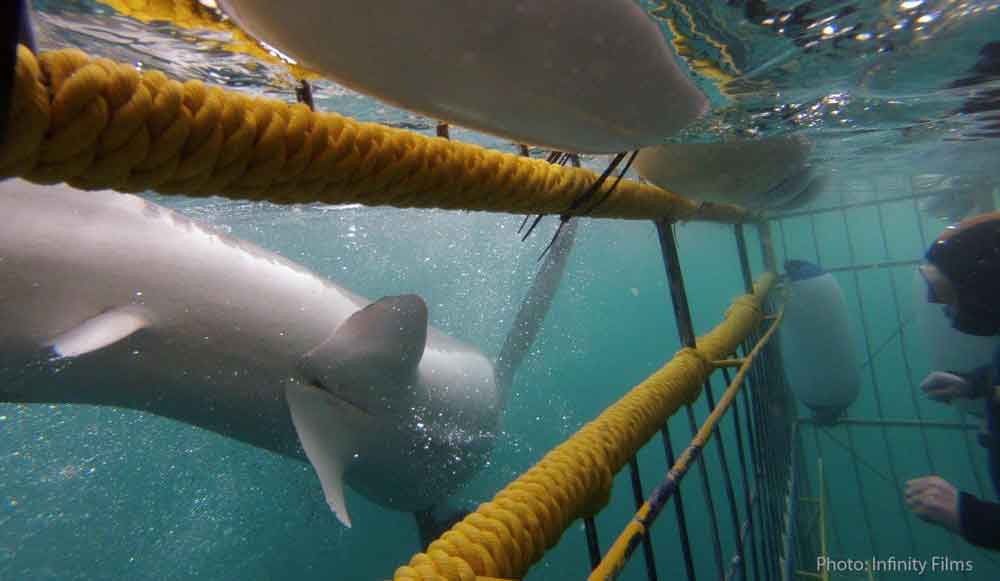DID YOU KNOW THAT SOME SHARKS HAVE BELLY BUTTONS

The diversity of sharks is just amazing
White sharks (Carcharodon carcharias) are migratory, apex predators, which have undergone significant population declines. We have to understand the shark ecology to ensure our management strategies are effective.
BELLY BUTTONS
Rough courtship and mating are likely one of the reasons why females grow to larger sizes than males. Mature females, in particular, may have bite marks from mating – male sharks don’t have hands to hold on with so they bite females during copulation, usually in the head/gill/pectoral fin regions.
Sharks have a variety of reproductive types. Some lay eggs (that also come in a bunch of different shapes and sizes depending on the species). Some develop eggs that hatch inside them, producing pups that then develop in the uterus and are born later.
Some shark species give birth similarly to mammals, with a placenta and umbilical cord. The umbilical cord attaches between the pectoral fins and when the pups are born, they’re left with an umbilical scar, effectively a bellybutton, which is visible for a few weeks until it heals up completely.

WHAT IS FOR LUNCH?
Research, carried out by scientists in the UK and South Africa, shows that significant differences can even exist between male and female members of the same shark species. A study of South African great white sharks revealed that females don’t always make the switch from eating fish as youngsters to eating seals and other marine mammals when they’re older. Instead, some females may specialise on fish prey and use different habitats to males.
However, if the females are spending more time in coastal areas than males, they may be more likely to be caught in in-shore fisheries and bather safety nets, as well as being exposed to more pollutants.
READ FULL ARTICLE AT:
